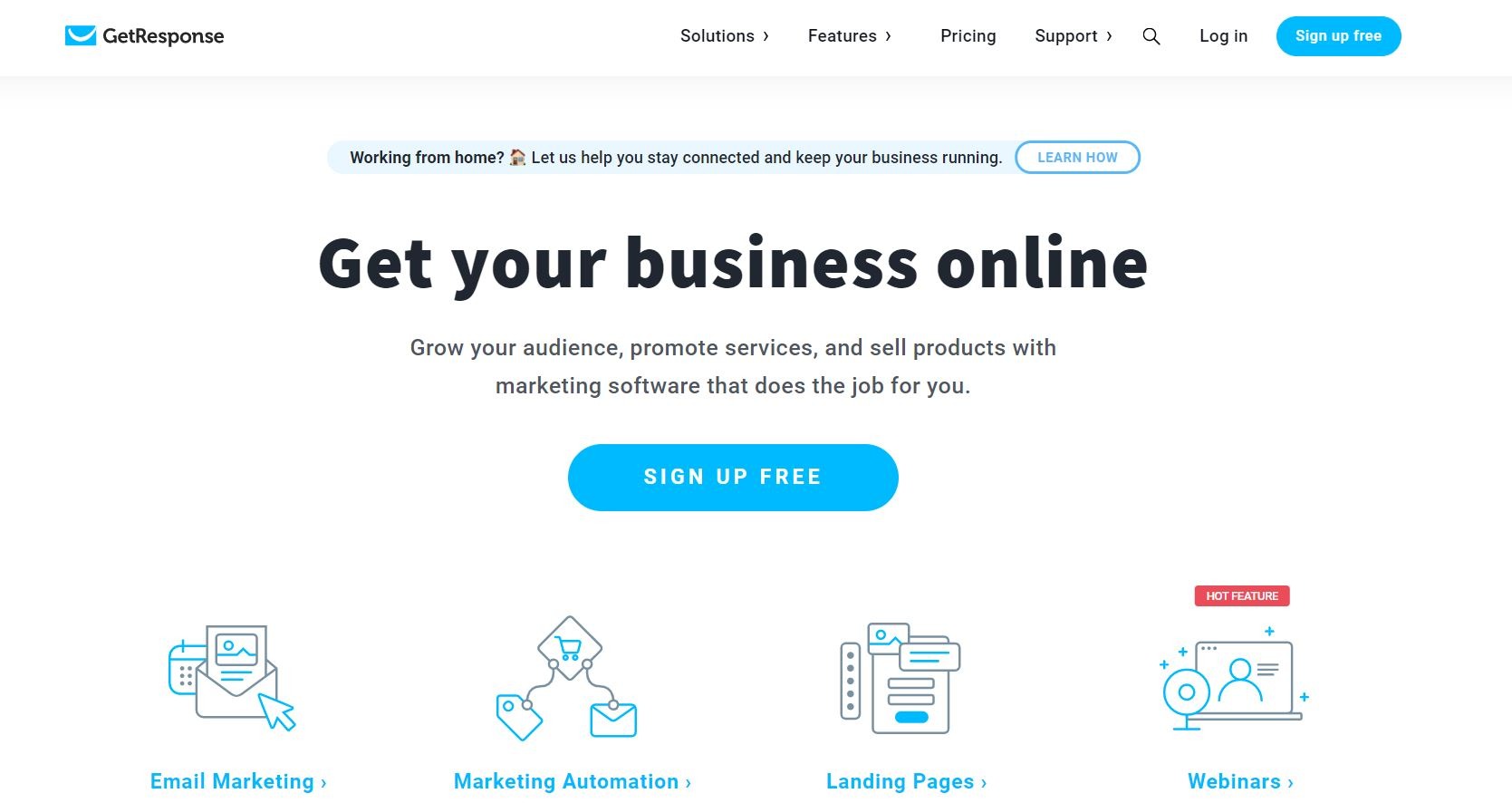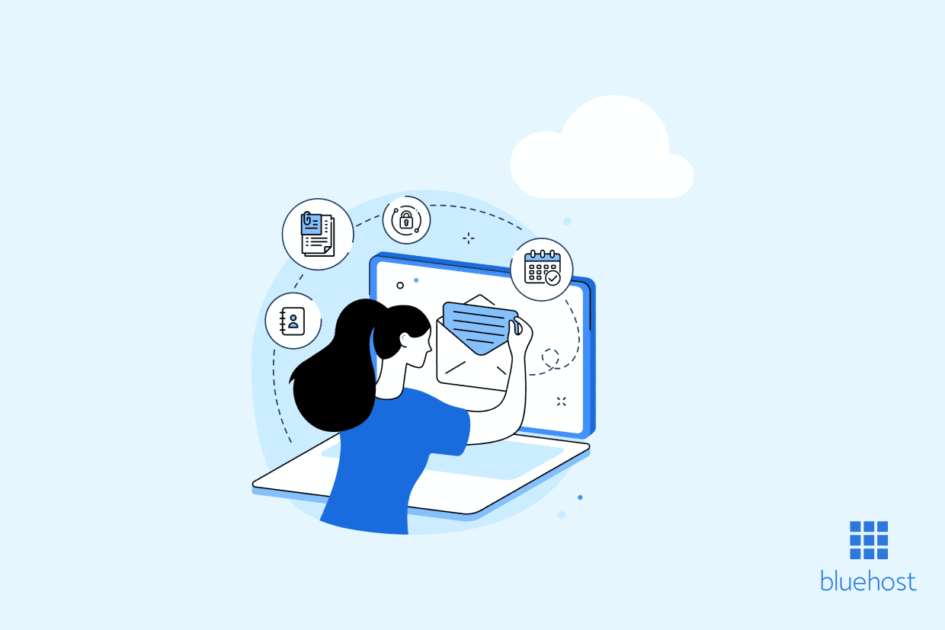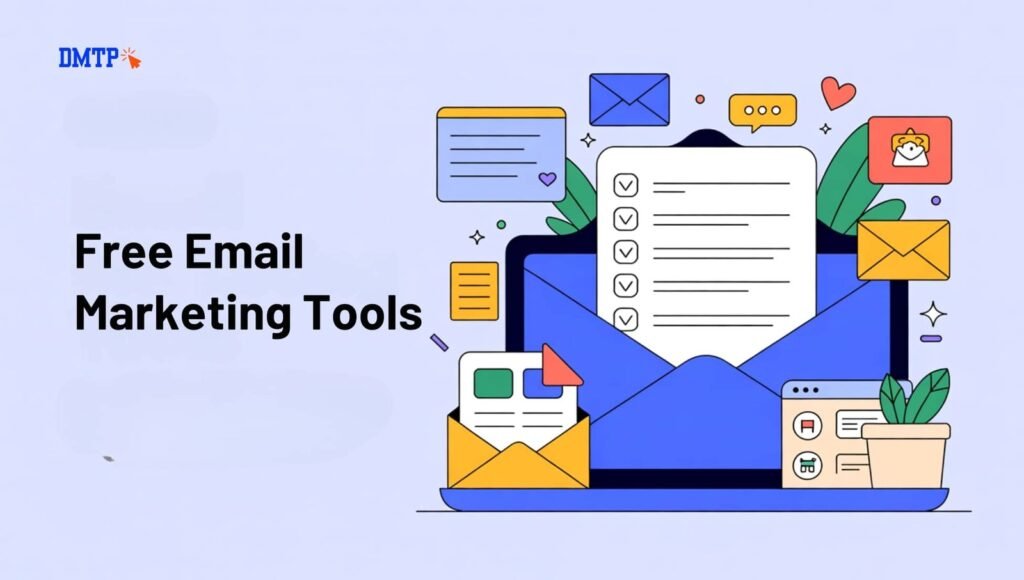Are you ready to connect with your audience in a way that feels personal and powerful? Email marketing is one of the simplest and most effective ways to grow your business, build trust, and boost sales.
But if you’re unsure where to begin or feel overwhelmed by all the options, you’re not alone. This guide will walk you through every step, helping you create emails that grab attention and inspire action. By the time you finish reading, you’ll have a clear plan to start sending emails that your readers actually want to open.
Let’s dive in and make your email marketing work for you!
Benefits Of Email Marketing
Email marketing offers many benefits for businesses of all sizes. It is a cost-effective way to reach your audience directly. With email, you can share updates, promotions, and valuable content easily. This method helps you connect with customers and grow your brand steadily.
Emails land right in your customer’s inbox. This direct access makes it easier to engage and build trust. Email marketing also lets you tailor messages to suit different groups. This personal touch improves the chances of success with each campaign.
Higher Roi Compared To Other Channels
Email marketing often delivers a better return on investment than other channels. It costs less to send emails than to run ads or print materials. Small budgets can still reach many people effectively. Many businesses see strong sales growth from well-planned email campaigns.
Building Direct Customer Relationships
Emails create a personal link between your brand and customers. You speak directly to their inbox, not through a middleman. This direct line helps build trust and loyalty over time. Customers who feel connected are more likely to buy again. Regular emails keep your brand fresh in their minds.
Personalization And Segmentation
Emails allow you to send tailored messages based on customer data. You can divide your list into groups by interests or behavior. This segmentation makes your messages more relevant to each reader. Personalized emails get higher open and click rates. Sending the right message to the right person increases engagement.

Credit: ecloudbuddy.com
Choosing The Right Email Marketing Platform
Choosing the right email marketing platform is key to starting a successful campaign. It helps you send emails, manage contacts, and track results easily. The right tool saves time and boosts your email reach. Picking a platform that fits your needs ensures smooth marketing efforts.
Key Features To Look For
Check for easy-to-use email editors. Look for templates that suit your brand style. Make sure the platform supports automation for sending emails automatically. It should have contact management to organize your subscribers well. Reporting tools are important to track open and click rates. Also, verify if it offers good customer support for help.
Popular Email Marketing Tools
Mailchimp is known for its simple interface and free plan. Constant Contact offers strong customer support and event marketing. Sendinblue combines email marketing with SMS options. ActiveCampaign provides powerful automation features. Each tool serves different needs and business sizes.
Pricing And Scalability
Start with a free or low-cost plan to test the platform. Check how many contacts you can store in each plan. Review email sending limits and extra fees. Choose a platform that grows with your business size. Switching later can be hard and costly.
Building Your Email List
Building your email list is the first step in email marketing. A strong list helps you reach more people who want your content. Growing this list takes effort and smart strategies. Focus on ways to attract and keep subscribers interested. Quality matters more than quantity for better results. Below are key methods to build your list effectively.
Creating Lead Magnets
Lead magnets offer something valuable for free. This could be a guide, checklist, or a discount. People give their email to get this offer. Make your lead magnet useful and relevant to your audience. Clear and simple benefits work best. Avoid complicated or long offers that confuse visitors.
Using Sign-up Forms Effectively
Sign-up forms collect visitor emails. Place forms in visible spots on your website. Use short forms with few fields to fill out. Add a strong call to action that tells visitors what to do. Test different designs and messages to see what works best. Keep forms mobile-friendly for all devices.
Growing Subscribers Organically
Organic growth means gaining subscribers naturally. Share your email sign-up on social media and blogs. Encourage current subscribers to share your emails with friends. Create content that makes people want to join your list. Avoid buying email lists, as they lower engagement and trust.

Credit: nethustler.com
Crafting Effective Emails
Crafting effective emails is key for successful email marketing. Good emails grab attention, build trust, and prompt action. Each email should look good, read well, and connect with the reader. Small details make a big difference.
Writing Compelling Subject Lines
The subject line is the first thing readers see. It must be clear and interesting. Short subject lines work best, about 5 to 7 words. Use action words to spark curiosity. Avoid spammy words like “free” or “urgent.” Test different subject lines to see what works.
Designing Mobile-friendly Templates
Most people read emails on phones. Templates must adjust to small screens. Use simple layouts with one column. Large buttons and easy-to-read fonts help. Avoid heavy images that slow loading. Clean designs keep readers focused on your message.
Personalizing Content For Engagement
Personalized emails feel special. Use the recipient’s name at the start. Tailor content to their interests or past actions. Simple personalization boosts open and click rates. Write as if you speak directly to one person.
Segmenting Your Audience
Segmenting your audience means dividing your email list into smaller groups. Each group shares common traits or interests. This helps send relevant messages to the right people. Sending targeted emails boosts engagement and reduces unsubscribes. It makes your marketing more effective and saves time. Understanding your audience better leads to stronger relationships and higher sales.
Benefits Of Segmentation
Segmentation improves email open rates by sending relevant content. It increases click-through rates and drives more sales. Personal messages build trust and loyalty with subscribers. It reduces the chances of your emails being marked as spam. Segmentation also helps you test and optimize campaigns easily.
Common Segmentation Strategies
Divide your audience by location to send region-specific offers. Use purchase history to target customers with relevant products. Segment by email engagement to focus on active subscribers. Group by customer lifecycle stage to tailor messages accordingly. These strategies make your emails more personalized and timely.
Using Behavior And Demographics
Behavior includes actions like clicks, purchases, and website visits. Use this data to send follow-up emails or special offers. Demographics cover age, gender, job, and income. This info helps create messages that fit the group’s needs. Combining behavior and demographics creates powerful, targeted campaigns.
Automating Email Campaigns
Automating email campaigns saves time and keeps your audience engaged. It helps send the right message at the right moment. Automation also improves consistency and boosts your email marketing results.
Setting up automated emails lets you focus on other parts of your business. You can create a series of emails that run on their own. These emails can welcome new subscribers, remind shoppers about their carts, or bring back inactive users.
Welcome Series Setup
Start with a welcome series to greet new subscribers. Send a few emails over several days. Introduce your brand and explain what subscribers can expect. Keep the tone friendly and helpful. This builds trust and encourages subscribers to stay connected.
Cart Abandonment Emails
Cart abandonment emails remind shoppers about items left in their carts. Send a gentle reminder within a few hours after abandonment. Follow up with a second email after a day or two. These emails can increase sales by recovering lost orders.
Re-engagement Campaigns
Re-engagement campaigns target inactive subscribers. Send a message asking if they still want to hear from you. Offer a special deal or valuable content to win them back. If they remain inactive, consider removing them from your list to keep it clean.
Analyzing Campaign Performance
Analyzing campaign performance is a crucial step in email marketing. It helps you understand what works and what doesn’t. This insight allows you to make smart changes that improve your results over time. Tracking performance helps save money and effort by focusing on strategies that bring success.
Key Metrics To Track
Open rate shows how many people open your emails. It measures the success of your subject line. Click-through rate tells how many readers click on links inside your email. It shows how engaging your content is. Bounce rate reveals how many emails fail to deliver. A high bounce rate can hurt your reputation. Unsubscribe rate lets you know how many people leave your list. Watch this closely to keep your audience happy.
A/b Testing Techniques
A/B testing compares two versions of an email to see which performs better. Change one element, like subject line or call to action. Send each version to a small group of your list. Check which version has higher open or click rates. Use the winning version for the rest of your list. Test different send times or email designs too. Small changes can lead to better results.
Improving Based On Data
Use your data to make clear decisions. If open rates are low, try new subject lines. If clicks are low, improve your email content or links. Lower bounce rates by cleaning your email list regularly. Reduce unsubscribes by sending relevant and valuable content. Keep testing and learning. This process helps your email marketing grow stronger every time.

Credit: www.bluehost.com
Avoiding Common Pitfalls
Starting email marketing can be exciting but also tricky. Many beginners make common mistakes that hurt their campaigns. Avoiding these pitfalls helps build trust and improves results. Focus on three key areas to keep your email marketing clean and effective.
Preventing Spam Complaints
Spam complaints damage your sender reputation and reduce email delivery. Always get permission before sending emails. Use clear and honest subject lines. Provide an easy way to unsubscribe in every email. Respect subscriber preferences and send relevant content only.
Maintaining List Hygiene
Regularly clean your email list to remove inactive or wrong addresses. This keeps your list healthy and improves open rates. Avoid buying email lists as they often contain invalid contacts. Use double opt-in to confirm subscribers. Monitor bounce rates and remove hard bounces quickly.
Complying With Legal Requirements
Follow laws like CAN-SPAM or GDPR depending on your region. Include your business address in every email. Clearly identify your emails as advertisements when needed. Obtain explicit consent before sending marketing messages. Keep records of consent for auditing purposes.
Frequently Asked Questions
What Is The First Step To Start Email Marketing?
The first step is to choose a reliable email marketing platform. Next, build a targeted email list with permission. Finally, create engaging content that matches your audience’s interests and goals.
How Do I Build An Email List Effectively?
Use signup forms on your website and social media. Offer incentives like discounts or free resources. Always get explicit consent and avoid buying email lists to maintain quality and trust.
What Type Of Content Works Best In Email Marketing?
Personalized, valuable, and relevant content works best. Include promotional offers, newsletters, updates, and educational material. Keep emails clear, concise, and visually appealing to improve engagement.
How Often Should I Send Marketing Emails?
Send emails consistently but avoid spamming. Typically, 1-2 emails per week work well. Adjust frequency based on audience response and campaign goals to maintain interest and reduce unsubscribes.
Conclusion
Starting email marketing takes clear steps and focus. Build your list carefully and create useful messages. Test different subject lines to see what works best. Keep your emails short and easy to read. Track your results to improve over time.
Consistency helps you connect with your audience. Email marketing can grow your business slowly but surely. Keep learning and adjusting to get better results. Your efforts will pay off with patience and practice. Ready to send your first email?
